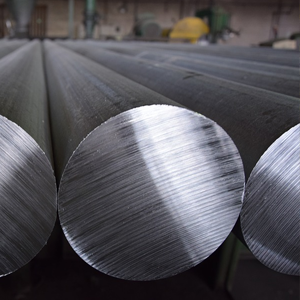It’s the weight of these two universally popular metals that normally occupies the thoughts of a design engineer. All things considered, most of the discussions concerning aluminium and stainless steel just tend to gravitate towards that heaviness issue. Today, however, this comparative study is sidestepping material density and targeting corrosion resistance. Both metal families defy rust, so where should this material investigation begin? It begins with untreated properties.
Untreated Aluminium and Stainless Steel
A protective surface coating forms when aluminium parts are exposed to the air. It’s this oxide membrane that stops the lightweight metal from rusting. Furthermore, this effect is entirely invisible, so the metal finish is not stained by a nasty orange bloom. Meanwhile, over at a substandard stainless steel part, this metal can experience ugly pitting. Despite the oxide coating, some untreated aluminium alloys also suffer from pitting. They can also be corrupted by galvanic corrosion and crevice rust.
Conditioned with Corrosion Resisting Features
Aluminium and stainless steel are both rust resistant, not rustproof, as proven by the above worst-case scenario. After all, a stainless steel product isn’t a stain-impossible one. Similarly, an aluminium oxide coating protects the underlying metal, but that alloy will rust if the protective membrane is cracked. Fortunately, heat treated metals stop rust in its tracks. If we look at different stainless steel grades, chromium is providing the corrosion resistant capability, one that converts a mostly corrosion resistant steel into a non-porous, near corrosion proof alloy. Incidentally, aluminium will corrode in certain environments. This effect can be stabilized by again alloying the material, this time with manganese.
Some Assorted Metallurgical Musings
The chromium strengthened substructure strengthens stainless steel and transforms the rough metal into its non-porous form. That feature makes the alloy a popular kitchen metal, one that’s easy to clean. It also stops water from working its way through the surface, so corrosion problems are mitigated. As for aluminium, this metal naturally defies rust, but there are scenarios where this feature fails. In construction and in chemical processing plants, the oxide skin can dissolve, at which point the metal starts to deteriorate. Stainless steel, on the other hand, holds fast as a corrosion resisting superstar in countless industrial applications.
Remember, aluminium and stainless steel are both gifted with corrosion resistant traits, but those capabilities are raw and difficult to quantify. Heat treatment procedures and alloying metals equip them with tailored rust defying attributes. Still, there are different types of rust, plus many different environmental challenges, such as pH levels. Aluminium alloys are equipped to resist these challenges, but stainless steel can truly be customized as a rustproof option.
